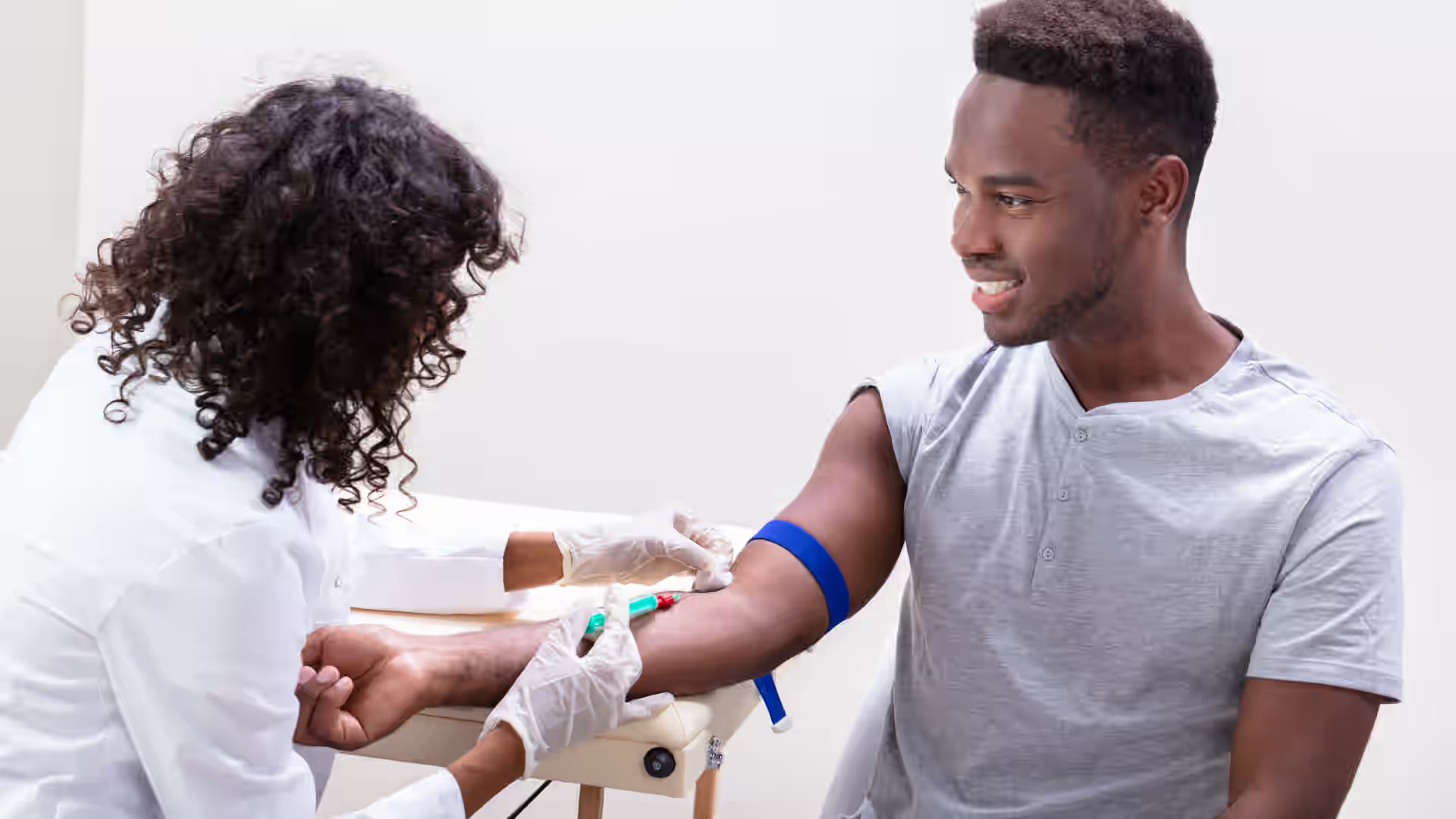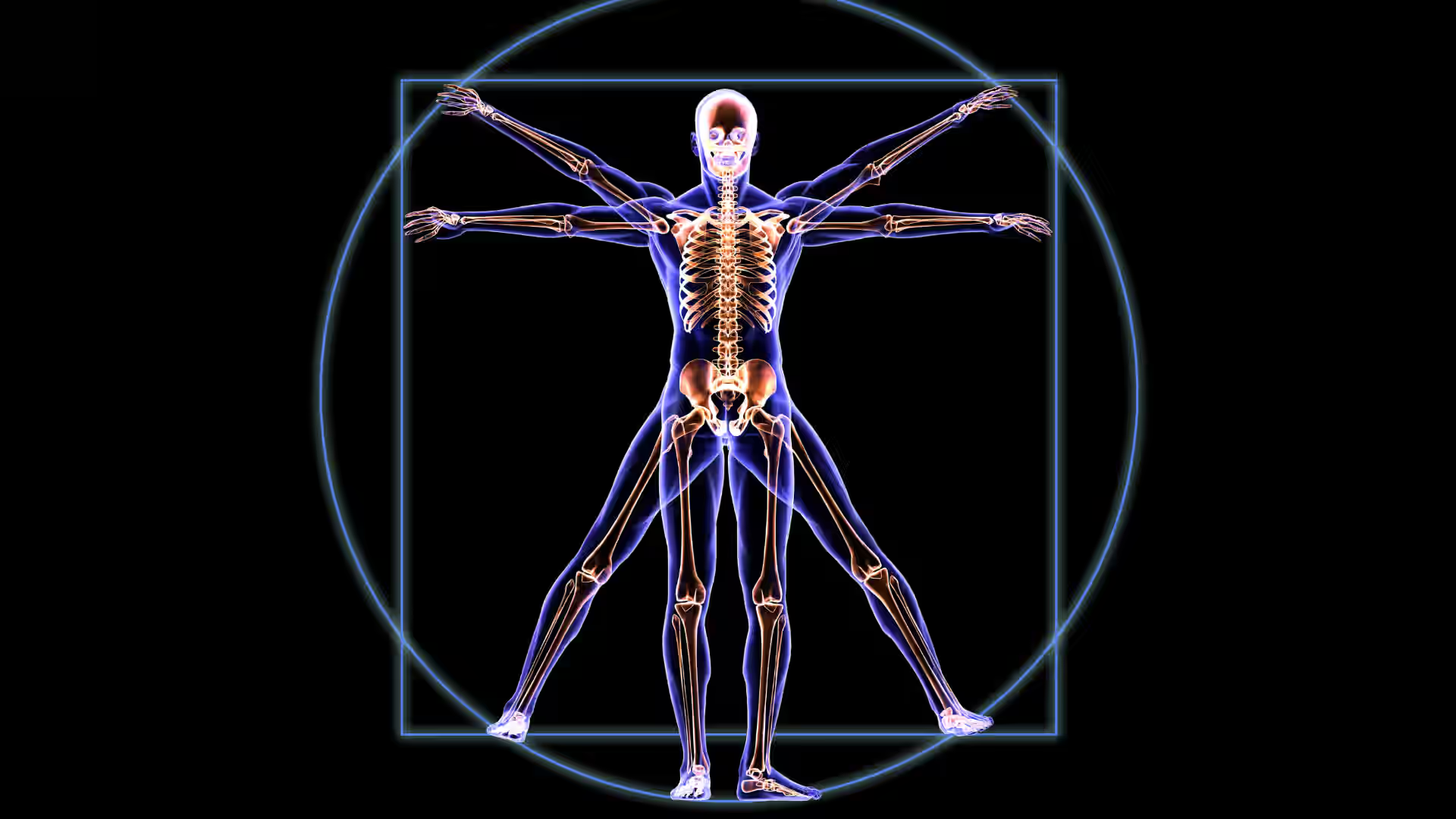One in twenty people will experience appendicitis in their lifetime—are you prepared to recognize it? Appendicitis is one of the most common abdominal emergencies, often requiring urgent evaluation and surgery.
This comprehensive guide explains appendicitis, how to identify its symptoms, what causes it, how it's diagnosed and treated, and what recovery looks like.
[signup]
Understanding Appendicitis
Understanding the role of the appendix and what happens when it becomes inflamed is helpful for grasping the seriousness of appendicitis.
What is the Appendix?
The appendix is a small, tube-shaped organ attached to the lower right side of the large intestine. Its exact function is not fully understood, but it may play a role in gut immunity.
What is Appendicitis?
Appendicitis is the inflammation of the appendix. It can be acute, developing suddenly, or chronic, with milder symptoms over a more extended period. If untreated, an inflamed appendix can burst, leading to serious infections like peritonitis.
Causes and Risk Factors
The underlying causes and identifying risk factors for appendicitis are described below.
What Causes Appendicitis?
Appendicitis typically results from a blockage in the appendix, leading to inflammation and infection.
- Obstruction of the Appendiceal Lumen: Blockages can occur due to fecaliths (hardened stool), tumors, or lymphoid hyperplasia, leading to increased pressure and bacterial overgrowth within the appendix.
- Infections and Bacterial Overgrowth: Gastrointestinal infections can cause lymphoid tissue swelling, obstructing the appendix and promoting bacterial proliferation.
- Other Factors: Less commonly, foreign bodies (e.g., seeds), parasites, or trauma can obstruct the appendix, initiating the inflammatory process.
Epidemiology and Risk Factors
Certain factors may increase the likelihood of developing appendicitis.
- Age and Gender: Appendicitis is most common between ages 5 and 45 (average age is 28 years) and slightly more prevalent in males.
- Family History and Genetic Factors: A family history of appendicitis may elevate risk, suggesting a genetic predisposition.
- Diet and Lifestyle: Diets low in fiber may contribute to constipation and fecalith formation, increasing appendicitis risk.
Recognizing the Symptoms
Early detection and treatment of appendicitis is essential for better outcomes.
Common Symptoms of Appendicitis
Symptoms of appendicitis can vary, with the classic symptom being pain that localizes to the right lower quadrant of the abdomen.
- Abdominal Pain: Starts near the belly button and shifts to the lower right abdomen. Pain may worsen with movement of the abdomen.
- Nausea and Vomiting: Often accompany the abdominal pain.
- Loss of Appetite (anorexia): A common early symptom.
- Fever: A low-grade fever may develop as the condition progresses.
- Signs of a Ruptured Appendix: Sudden relief from pain followed by severe abdominal pain and fever.
Diagnosis and Tests
Accurate diagnosis of appendicitis involves a combination of clinical evaluation and diagnostic testing to confirm inflammation and rule out other conditions.
Clinical Evaluation
Healthcare providers assess symptoms and conduct physical exams to evaluate for appendicitis.
Physical Examination: Doctors check for tenderness in the lower right abdomen and other signs like rebound tenderness. Some common physical signs specific to appendiceal inflammation include:
- Psoas Sign: Pain elicited by passive extension of the right hip, suggesting irritation of the psoas muscle by an inflamed appendix.
- Obturator Sign: Pain with internal rotation of the flexed right hip, indicating irritation of the obturator internus muscle by an inflamed appendix.PMC
- Rovsing's Sign: Pain in the right lower quadrant during palpation of the left lower quadrant due to peritoneal irritation.
- McBurney's Point Tenderness: Localized tenderness at a point one-third the distance from the anterior superior iliac spine to the umbilicus on the right side, commonly associated with appendicitis.
Medical History: A detailed history helps assess the likelihood of appendicitis. During assessment, a healthcare provider may ask about factors that worsen or alleviate pain and when discomfort onset.
Scoring Systems: Tools like the Alvarado score combine symptoms, signs, and lab findings to estimate the probability of appendicitis. For example:
- The modified Alvarado scoring system assigns 2 points each for tenderness in the right lower abdominal quadrant and elevated WBC and 1 point each for migratory right lower quadrant pain, rebound tenderness, fever, nausea, vomiting, and anorexia. The highest possible score is 9.
- A score of 7 points or higher is significantly associated with appendicitis.
Diagnostic Tests
To diagnose appendicitis, healthcare providers utilize a combination of laboratory and imaging tests to confirm the condition and rule out other potential causes of abdominal pain.
Blood and Urine Tests
Laboratory evaluations are essential in assessing signs of infection and excluding other conditions:
- Complete Blood Count (CBC): This test measures the levels of different blood cells. An elevated white blood cell count may indicate an infection, such as appendicitis.
- C-reactive protein (CRP): An inflammatory marker. An elevated white blood cell count (WBC) and an elevated CRP indicate an increased likelihood of having appendicitis.
- Urinalysis: Analyzing a urine sample helps rule out urinary tract infections or kidney stones, which can present with symptoms similar to appendicitis.
Imaging Studies
The diagnosis of appendicitis is primarily based on clinical evaluation and physical examination. However, imaging techniques provide visual confirmation and aid in diagnosis.
- Ultrasound: This test provides images of the abdomen, helping to identify an inflamed appendix.
- Computed Tomography (CT) Scan: A CT offers a more precise visualization of the appendix and surrounding tissues.
- Magnetic Resonance Imaging (MRI): MRI is particularly useful for pregnant individuals or when radiation exposure from a CT scan is a concern.
Pregnancy Testing
For women of childbearing age, a pregnancy test is crucial to exclude pregnancy-related conditions that might mimic appendicitis symptoms, such as an ectopic pregnancy.
These diagnostic tools collectively assist healthcare providers in accurately identifying appendicitis and determining the most appropriate course of treatment.
Differential Diagnosis:
Conditions like urinary tract infections, kidney stones, or gynecological issues can mimic appendicitis.
Treatment Options
Treatment strategies for appendicitis depend on the severity of the condition and whether complications like perforation are present.
Surgical Treatment: Appendectomy
Surgical removal of the appendix remains the standard treatment for appendicitis, especially in cases where the appendix has ruptured, or complications are present.
Laparoscopic Surgery:
- This minimally invasive procedure involves small incisions and the use of a camera to guide the removal of the appendix.
- Benefits include quicker recovery times, reduced postoperative pain, and smaller scars. Laparoscopic appendectomy is often preferred for uncomplicated cases.
Open Surgery:
- In situations where the appendix has ruptured or in complicated cases, an open appendectomy may be necessary.
- This traditional approach involves a larger incision in the lower right abdomen to remove the appendix and clean the abdominal cavity if the infection has spread.
Prompt surgical intervention is crucial to prevent complications such as peritonitis or abscess formation. The choice between laparoscopic and open surgery depends on various factors, including the patient's condition, the surgeon's expertise, and available medical facilities.
Treatment for a Ruptured Appendix
Treatment for a complicated appendicitis course, such as a ruptured appendix, may slightly differ from the treatment for a non-ruptured appendix.
1. Emergency Surgery (Appendectomy)
- The primary treatment for a ruptured appendix is an appendectomy. This procedure is typically performed as an open surgery (laparotomy) to allow thorough cleaning of the abdominal cavity and removal of any infectious material.
- In some cases, laparoscopic surgery may be considered, but open surgery is often preferred due to the extent of infection.
2. Antibiotic Therapy
- Before and after surgery, patients are administered intravenous (IV) antibiotics to combat the infection.
- The duration of antibiotic therapy depends on the severity of the infection and the patient's response to treatment. In cases of peritonitis, antibiotics may be required for an extended period to ensure complete eradication of the infection.
3. Drainage of Abscesses
- If an abscess (a collection of pus) has formed due to the rupture, it may need to be drained before the appendectomy can be safely performed. This is typically done using image-guided percutaneous drainage, where a tube is inserted through the skin to drain the abscess.
- Once the infection is under control, usually after several weeks, the appendectomy can be scheduled.
Medical Management
Non-surgical approaches may be considered in select cases, particularly for uncomplicated appendicitis.
Antibiotics-Only Approach:
- For patients with uncomplicated appendicitis, especially when surgery poses high risks, antibiotics may be used to treat mild appendicitis. This approach involves administering intravenous antibiotics followed by oral antibiotics.
- However, studies have shown that while many patients recover without surgery, there's a possibility of recurrence, and some may eventually require an appendectomy.
Recovery and Complications
Recovering from appendicitis involves understanding the typical healing process and being aware of potential complications.
What to Expect After Surgery
Postoperative recovery varies depending on the type of surgery performed and whether complications arise.
- Hospital Stay: Patients undergoing laparoscopic appendectomy for uncomplicated appendicitis may be discharged within 24 to 48 hours. Those with a ruptured appendix or who had open surgery usually require a longer hospital stay, averaging around 5 days.
- Pain Management: Pain is typically managed with prescribed medications. Patients are encouraged to move gently to prevent stiffness and promote circulation.
- Resuming Activities: Light activities can often be resumed within a few days. However, strenuous activities and heavy lifting should be avoided for at least 2 to 4 weeks, depending on the surgeon's advice.
Follow your surgeon’s recommendations for post-operative care and recovery.
Possible Complications
While most individuals recover without issues, certain complications can occur after an appendectomy. Examples include:
- Infections: Surgical site infections are among the most common complications. Signs include redness, swelling, warmth, and discharge at the incision site.
- Abscess Formation: Approximately 20% of patients with a ruptured appendix may develop an intra-abdominal abscess, which may require drainage.
- Bowel Obstruction: Scar tissue from surgery can lead to intestinal blockages, causing symptoms like nausea, vomiting, and abdominal pain.
- Stump Appendicitis: Rarely, inflammation can occur in the remaining portion of the appendix left after surgery, necessitating further treatment.
Long-Term Outlook
Understanding the long-term implications of appendectomy helps in setting expectations for recovery and lifestyle post-surgery.
- Necessity of the Appendix: The appendix is not essential for survival, and its removal does not usually result in long-term health issues.
- Lifestyle Adjustments: Most individuals return to their normal diet and activities after recovery. No specific long-term dietary restrictions are usually necessary.
- Fertility: Appendectomy does not typically impact fertility.
[signup]
Key Takeaways
- Appendicitis is a common abdominal emergency that typically requires prompt medical attention to prevent serious complications.
- Early symptoms often include abdominal pain that starts near the belly button and moves to the lower right side, accompanied by nausea, vomiting, and loss of appetite.
- Diagnosis involves a combination of physical examination, medical history, blood tests, and imaging studies such as ultrasound or CT scans to confirm inflammation of the appendix.
- The standard treatment for appendicitis is surgical removal of the appendix (appendectomy) to prevent rupture and subsequent infection.
- In certain uncomplicated cases, antibiotics may be used as an initial treatment, but there is a risk of recurrence, and surgery may still be necessary.
- A ruptured appendix is a medical emergency that can lead to peritonitis and sepsis, requiring immediate surgical intervention and antibiotic therapy.
- Recovery after an appendectomy varies, with most individuals returning to normal activities within a few weeks, depending on the severity of the condition and the type of surgery performed.
- Prompt recognition and treatment of appendicitis are crucial to reduce the risk of complications and ensure a full recovery.





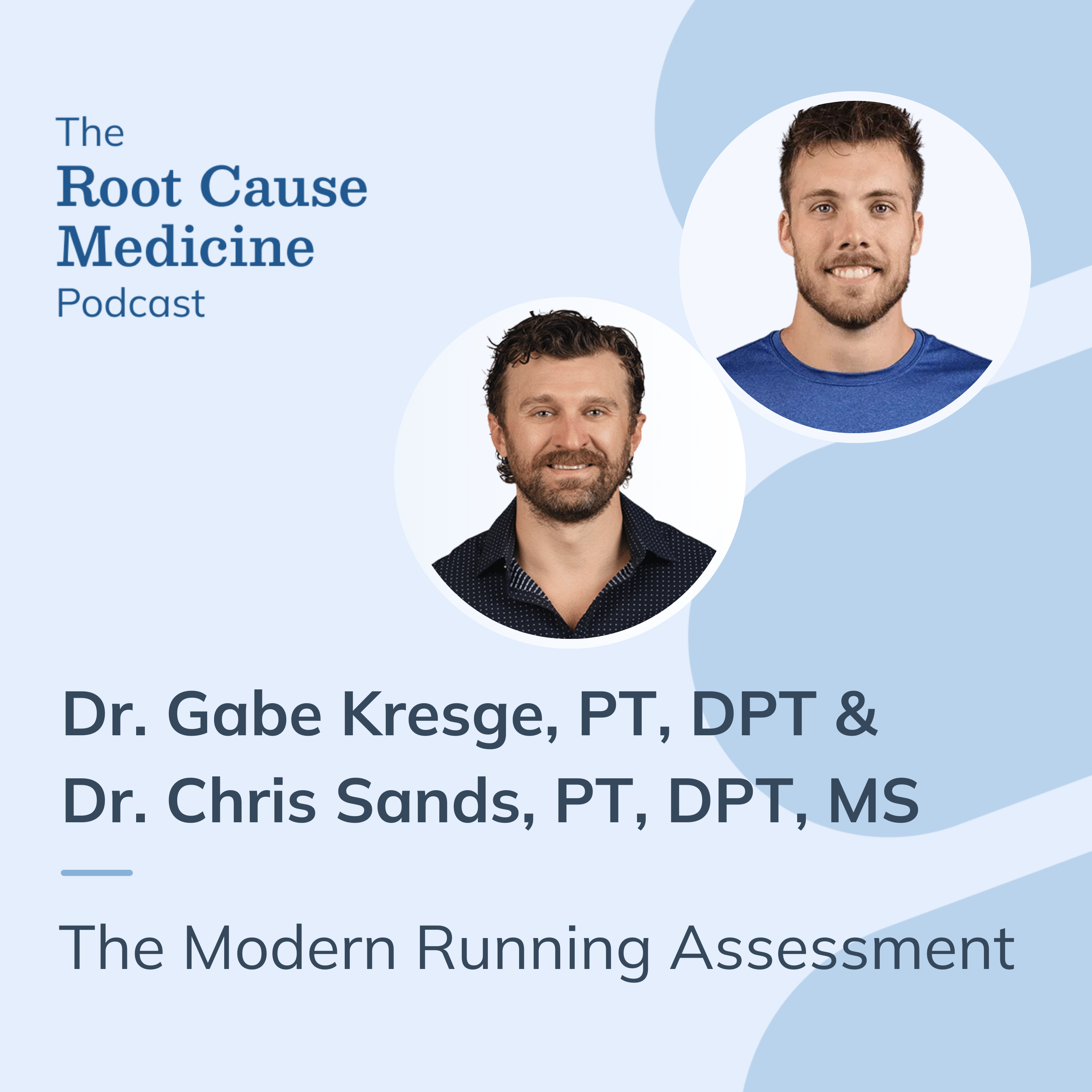


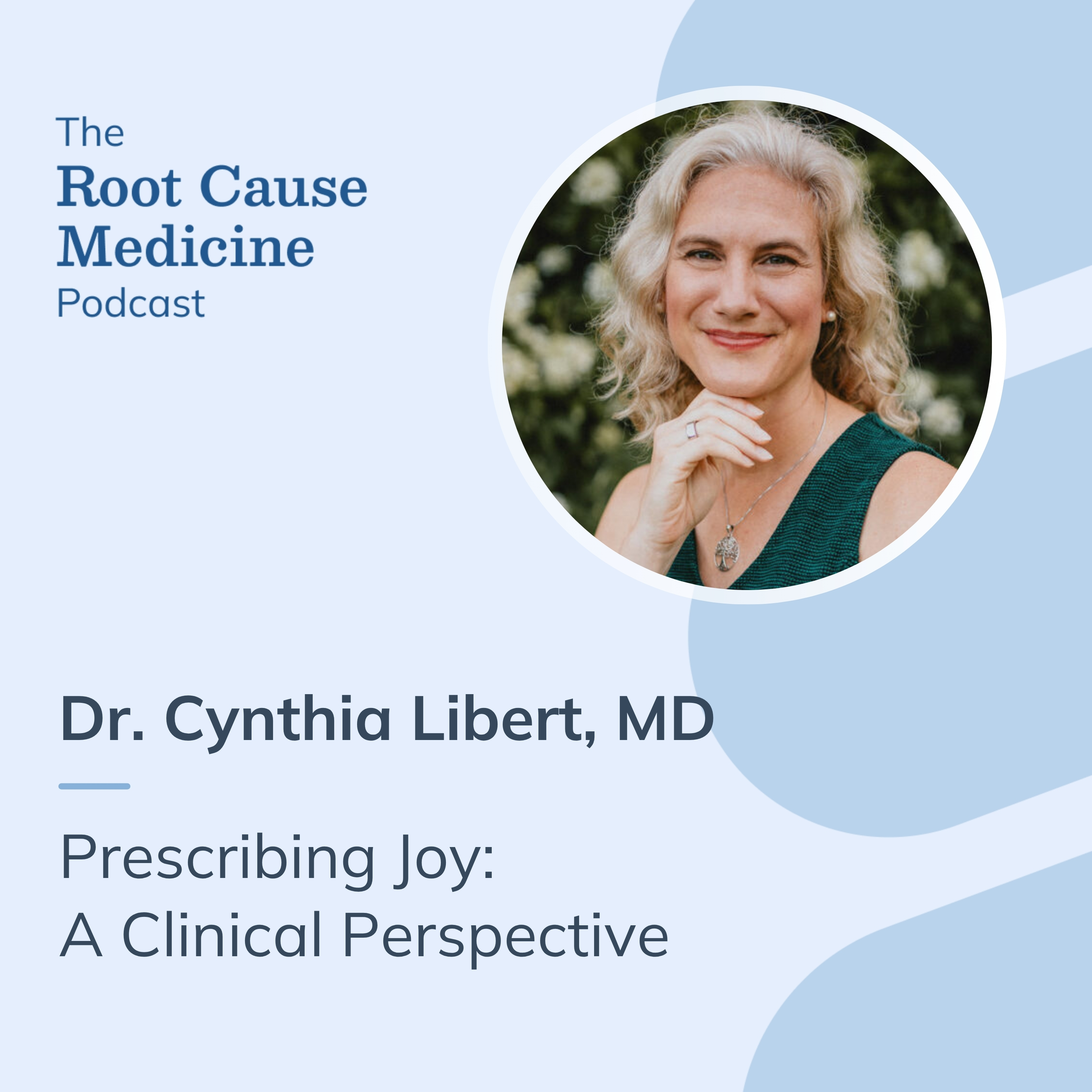
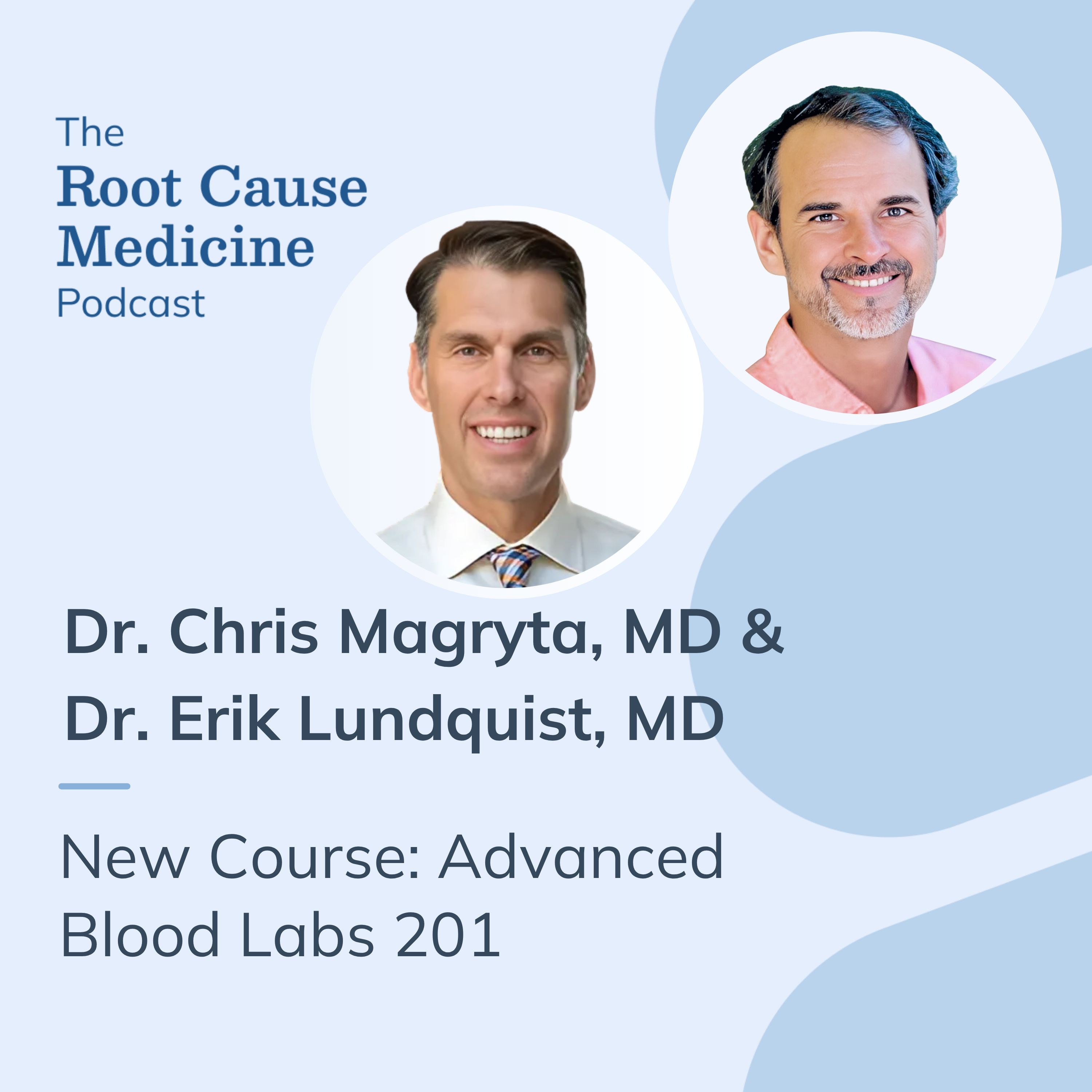


%201.svg)




